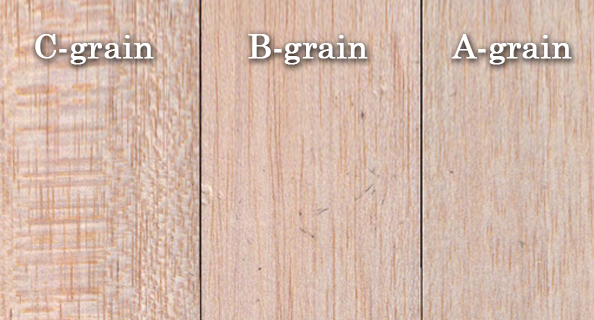User:TheChiScientist/Sandbox
Bridge Building For Dummies
Welcome to the guide for tips and tricks to building a working bridge. If you are new to Bridge Building visit the main page to learn more about this event. The following guide was made by TheChiScientist.
Matrerials for building
The following materials are recommended for construction of a bridge.
- X-Acto Knife: Use this to cut Balsa.
- Blue CA Glue: Best adhesive for quick construction.
- Sandpaper: Best to use fine and medium.
- Wax Paper: CA glue rarely bonds to this material, so it makes a good construction surface.
- Scale: Use a .01 electric scale to be accurate.
- Music Wire: Use this for precision placement of CA glue.
- Balsa/Basswood: Both kinds of wood can be used but balsa is recommended.
Picking your wood
When building your bridge you can use any material that does not violate the current rules. Yet I recommend that you use Balsawood and in extreme cases Basswood. Here is why...
Balsawood
Pros
- Very Light.
- Can be easily purchased. Also comes in multiple shapes and sizes.
- Can be easily cut, glued, sanded, etc.
Cons
- Can vary in density.
- Grains can be non parallel.
Basswood
Pros
- Density is more uniform.
- Stronger than Balsa overall.
Cons
- Heavier than Balsa.
- More difficult to purchase. Size and shapes are more restricted.
- Harder to manipulate compared to Balsa.
Recomendation
Personally, I recommend using Balsawood as it can be cut and sanded easily along with the variety of sizes it comes in. Also, I can cut down weight extremely allowing for 10-14g bridges that hold the full load. Basswood is something I never used as it was heavier but it does have its advantages. When starting out I recommend using 1/4 Balsawood at first and then going down from there. Once you have experience, I encourage that you research Basswood as they can also be very competitive.
Wood quality
Wood quality is something very important as it can mean make or break for a bridge (Pun intended). Learn the hazard that quality of wood can pose to your bridge and how to avoid all that bad wood.
Wood is like meat
Wood quality should be graded like a piece of meat as higher quality is something you would want to use/consume. The following chart describes wood grain types and their quality rating.
| Quality Grade | Wood Grain | Wood Appearance | Should it be used? |
|---|---|---|---|
| A | Mostly A grain with some exceptions to borderline B grain. | Perfect with little to no imperfections in appearance. | Yes. Use the best to create the best. |
| B | All B grain with borderline A and B grain. | Few imperfections but imperfections are more visible. | Yes, but always aim for grade A. |
| C | All C grain. | Major imperfections in the wood. Borderline unusable. | No. If you are desperate for wood this should be a last resort. |
| D | Below C grain. | Warped, destroyed, bent wood. Completly unuseable. | No! Any attempt to use this wood is a waste of time and resources. |


